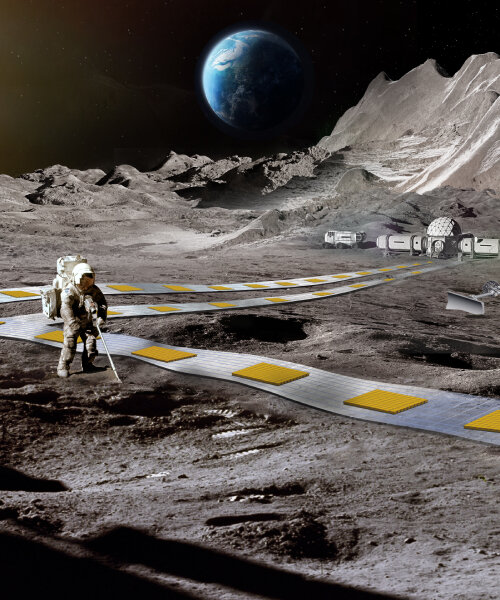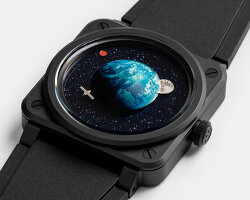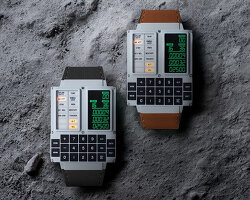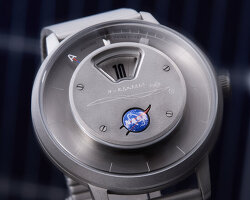First lunar railway system, Flexible Levitation on a Track (FLOAT)
For NASA’s Innovative Advanced Concepts (NIAC) program, robotics mechanical engineer Ethan Schaler has proposed building Flexible Levitation on a Track (FLOAT), the first lunar robotic railway transportation system that can assist astronauts and researchers in conducting moon missions and transporting objects and payloads from one station to another on the surface.
The robotic lunar railway system is considered crucial for the daily operations of NASA’s lunar base in the 2030s, to be used for the space agency’s Moon to Mars plan and mission concepts like Robotic Lunar Surface Operations 2 (RLSO2). The FLOAT lunar railway system uses robots that float above a track made of three layers of flexible film. One of the layers consists of graphite, which can enable the robots to float over the track without a power source using a type of levitation called diamagnetic levitation.
A second layer is filled with flex circuits to generate electromagnetic thrust, a force that propels the robots along the track and controls their movement without traditional wheels or tracks. An optional thin-film solar panel layer can be added to collect sunlight and convert it into electrical power, which can boost the transport system’s vehicles or recharge the robots. The FLOAT robots are designed without any moving parts, which can make sure there’s only quiet operation taking place with minimal assistance required.
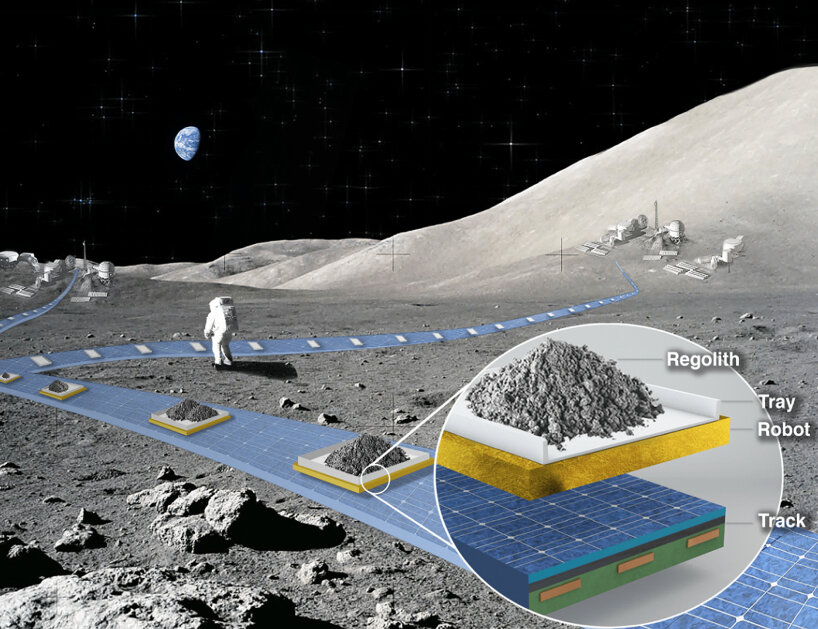
Phase I NIAC Selection | images courtesy of NASA | photos by Ethan Schaler
magnetic levitation for transport system on the moon
The name FLOAT for the first railway system on the moon is likely inspired by diamagnetic levitation, which allows the transport system to hover above the railways. NASA’s Ethan Schaler suggests that by using this technology, the design can help minimize the impact of lunar dust and reduce wear and tear on the robots.
When it comes to constructing the ‘tracks’ of the robotic lunar railway system, the FLOAT system involves laying them directly onto the surface of the Moon’s soil, eliminating the need for large-scale construction projects like those required for roads or railways on Earth. NASA’s lunar railway system consists of individual robots capable of carrying payloads of various sizes and shapes, supporting up to and exceeding 30 kilograms of items per square meter.
These robotic vehicles may move at speeds exceeding 0.5 meters per second, which is considered fast for lunar transportation. FLOAT is designed to transport significant amounts of lunar soil and payloads, totaling thousands of kilograms over multiple kilometers per day and operating on its own on the moon with minimal groundwork.
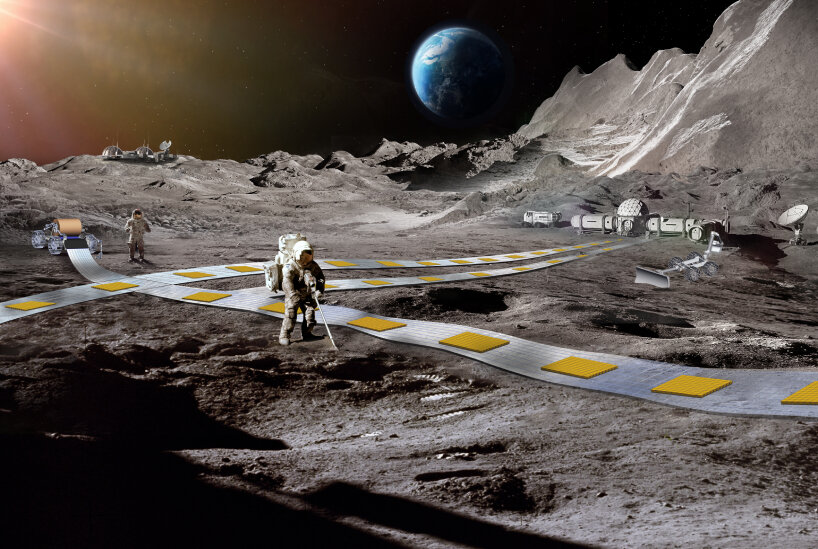
NASA backs Flexible Levitation on a Track (FLOAT), the first lunar railway transport system on the moon
NASA to build prototypes of the railway system on earth
The network of FLOAT magnetic robotic tracks can be adjusted over time to accommodate changing needs and requirements of lunar missions, including base configurations or new stations. As of publishing this story, FLOAT is in Phase II Selection of NASA’s NIAC program. In this phase, the plan is to design, build, and test smaller versions of the robots and tracks on Earth for eventual operation on the Moon. These prototypes will undergo testing in environments that mimic lunar conditions to prepare them for real-life lunar railway systems.
Various environmental factors, such as temperature, radiation, charging, and contamination by lunar soil simulant, will be studied by the research and design team to understand their effect on the performance and durability of lunar transportation. Computer simulations will also refine the design of the FLOAT system and provide better estimates of its performance under proposed lunar exploration missions. If successful, NASA’s team will create a plan detailing the steps needed to overcome technological challenges and improve the manufacturing process, such as enhancing magnetic arrays and flexible circuit boards used in the FLOAT system.
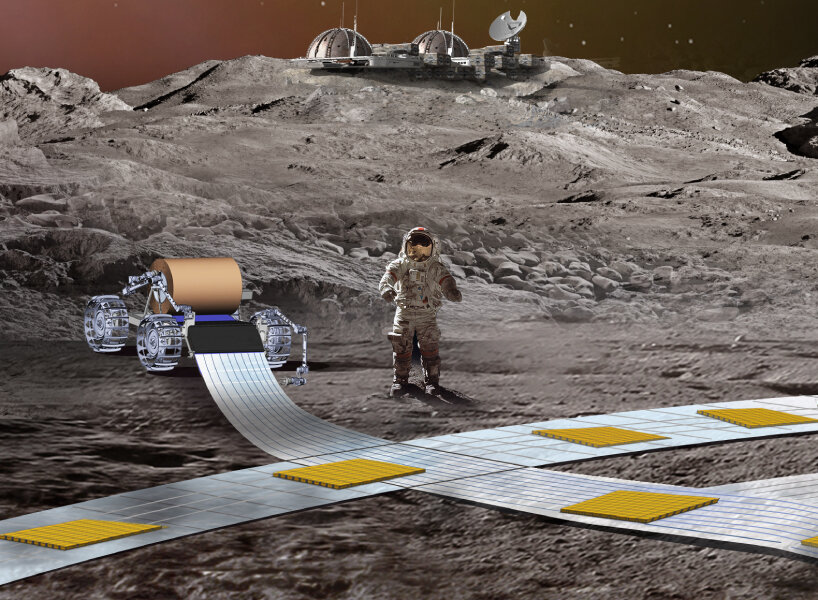
for the ‘tracks’ of the lunar railway system, it involves laying them directly onto the surface of the Moon’s soil
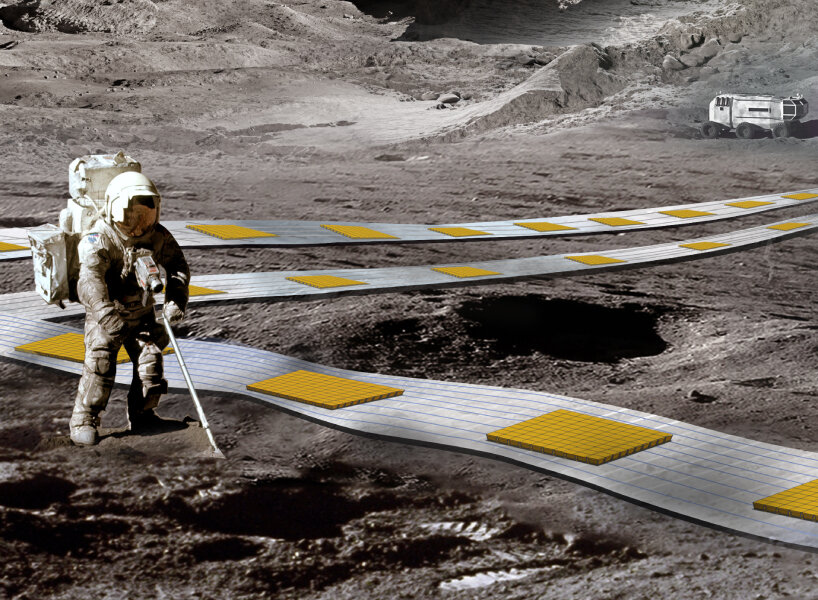
the name FLOAT for the first railway system on the moon is likely inspired by diamagnetic levitation
project info:
name: Flexible Levitation on a Track (FLOAT)
space agency: NASA
program: NASA Innovative Advanced Concepts
proposal by: Ethan Schaler
